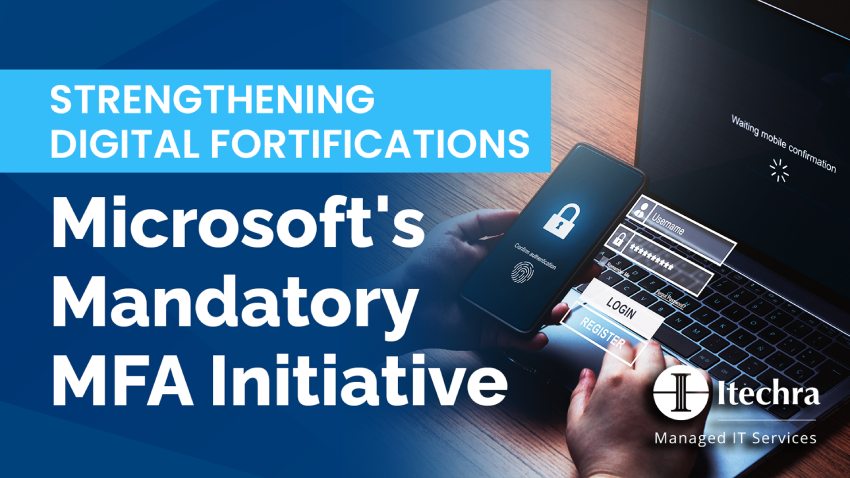
Strengthening Digital Fortifications: Microsoft’s Mandatory MFA Initiative
In a strategic move to enhance digital security, Microsoft has recently unveiled a pivotal policy change set to take effect on March 11, 2024. From this date forward, Microsoft is set to implement Multi-Factor Authentication (MFA) as a mandatory requirement for all users. This marks a significant leap in the ongoing effort to fortify user accounts and shield data from the continually evolving landscape of security threats.
Multi-factor authentication, often called two-step verification, is a critical security process. Users must be able to provide multiple forms of identification before access is provided to their accounts. This additional layer of security aims to address the limitations of traditional password-based security, which has become increasingly vulnerable to sophisticated cyber threats.
The decision to enforce MFA underscores Microsoft’s commitment to tackle cybersecurity challenges proactively. With the escalating sophistication of cyber threats, relying solely on passwords has proven insufficient to safeguard sensitive information. Microsoft’s move toward mandatory MFA is a proactive measure to reduce the risks associated with unauthorized access, identity theft, and phishing attacks.
Implementing MFA offers several advantages, primarily by thwarting unauthorized access, even if passwords are compromised. By introducing an extra layer of security, Microsoft aims to provide robust protection for user accounts and associated services. Users will need to confirm their identity through a secondary method, such as a text message, phone call, or authentication app, based on their preferences and configurations.
While the shift to mandatory MFA may necessitate a brief adjustment period for users accustomed to a password-only system, the long-term benefits in terms of security outweigh any initial inconvenience. Microsoft has taken proactive steps by offering ample resources and support to guide users through the setup process, ensuring a seamless transition.
In conclusion, Microsoft’s decision to mandate Multi-Factor Authentication starting March 11, 2024, is a commendable move towards enhancing overall user security. By embracing industry best practices and staying ahead of emerging threats, Microsoft actively contributes to creating a more secure digital environment. As users adapt to this new requirement, the collective result will be a more robust defense against the evolving landscape of cyber threats.





